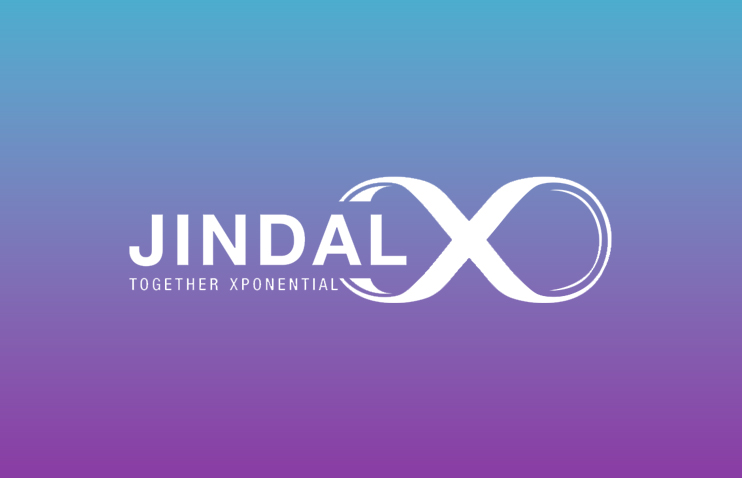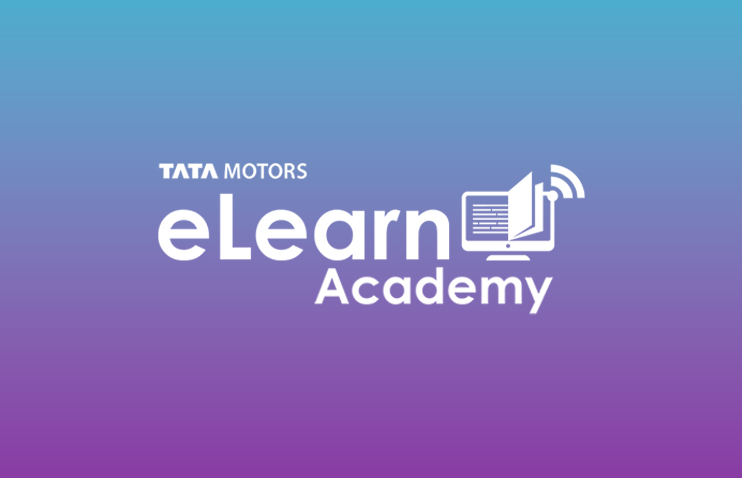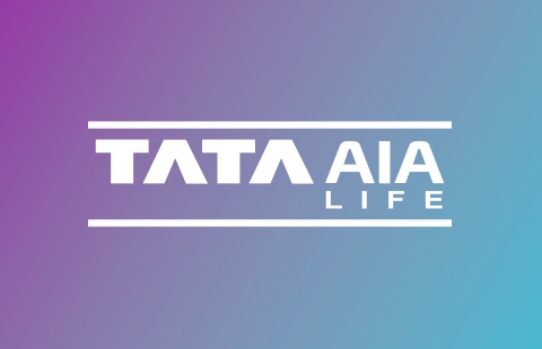
JindalX Revolutionizes Hybrid Learning to Improve Employee Engagement and Efficiency
September 28, 2023
4 Years of Implementation of Tata Motors eLearn Academy LMS
October 9, 2023TATA AIA Increases Productivity of Dispersed Agent Network with Tenneo LMS

Client:
Tata AIA
Industry:
BFSI
Business Requirements
As one of the largest insurance providers in India, Tata AIA has a huge network of agents spread across the length and breadth of the country. With policies and insurance plans in various domains like term insurance, individual plans, corporate plans, savings, retirement etc, this insurance giant has more than 200 complex products in the market.
This network of agents must be trained continuously on these complex products and need compliance training with certification. The business requires it to have well-groomed and certified, market ready agents across branches and regions to sell these products.
Major Challenges Faced
The Insurance sector in India grew from USD 39.7 Bn in FY 12, to USD 94.7 Bn in FY20. While the potential growth for sales is staggering, insurance as an industry and India as a market comes with their own set of challenges. We analyzed the requirements of the client and the industry to identify these challenges and find pertinent solutions.
1. A HIGHLY REGULATED SECTOR
IRDA, the main regulatory body that governs the insurance sector in India has laid down many compliance regulations around certification of representatives who sell insurance products. To add to this AIA, which is one of the largest, independent listed pan-Asian life insurance groups in the world, has their own requirements in terms of training and compliance for their sales force at Tata AIA.
2. LARGE NUMBER OF COMPLICATED PRODUCTS
Since 2000-2001, Tata AIA has launched 187 Life Insurance Products and 9 non-life products including Health Insurance. Of these 38 are currently available for sale. The policy detail manuals for these vary between 22 to 77 pages each, and the sales force needs to be certified by Tata AIA on knowledge of the policies that they can sell in the areas they are responsible for. The product features and benefits change often and repeatedly, based on market response and feedback.
3. SCATTERED FREELANCE WORKFORCE
It is important to note that not only is the agent network geographically dispersed but also on third party payroll. The freelancing nature of this workforce creates instability in the hiring, training and upskilling process. This factor also creates infrastructural challenges for training as the agents are not always available for classroom training and neither do they have access to computers with stable internet connection.
4. HIGH LEVELS OF ATTRITION
BFSI as an industry has a very high attrition rate. The insurance sector within BFSI which has a large field force has more than 80% attrition rate. The workforce functioning in the sector have varied level of existing knowledge depending on prior experience or lack of it.
The Insurance sector in India grew from USD 39.7 Bn in FY 12, to USD 94.7 Bn in FY20. While the potential growth for sales is staggering, insurance as an industry and India as a market comes with their own set of challenges. We analyzed the requirements of the client and the industry to identify these challenges and find pertinent solution.
5. A HIGHLY REGULATED SECTOR
IRDA, the main regulatory body that governs the insurance sector in India has laid down many compliance regulations around certification of representatives who sell insurance products. To add to this AIAwhich is one of the largest, independent listed pan-Asian life insurance groups in the world, has their own requirements in terms of training and compliance for their sales force at Tata AIA.
6. LARGE NUMBER OF COMPLICATED PRODUCTS
Since 2000-2001, Tata AIA has launched 187 Life Insurance Products and 9 non-life products including Health Insurance. Of these 38 are currently available for sale. The policy detail manuals for these vary between 22 to 77 pages each, and the sales force needs to be certified by Tata AIA on knowledge of the policies that they can sell in the areas they are responsible for. The product features and benefits change often and repeatedly, based on market response and feedback.
7. SCATTERED FREELANCE WORKFORCE
It is important to note that not only is the agent network geographically dispersed but also on third party payroll. The freelancing nature of this workforce creates instability in the hiring, training and upskilling process. This factor also creates infrastructural challenges for training as the agents are not always available for classroom training and neither do they have access to computers with stable internet connection.
8. HIGH LEVELS OF ATTRITION
BFSI as an industry has a very high attrition rate. The insurance sector within BFSI which has a large field force has more than 80% attrition rate. The workforce functioning in the sector have varied level of existing knowledge depending on prior experience or lack of it.
Solutions
- Build an automated system that shall keep a track of the required number of certified agents on field.
- Manage training, including certification and recertification, according to the requirement to maintain a consistent supply of duly authorized professionals.
- Mitigate knowledge loss risks caused by the high attrition rates existing in the industry with regular virtual meetings and 'hypercare'.
- Reduce time to productivity despite the distance and varying level of knowledge and understanding of the employees with refresher content.
HOW WAS THE SYSTEM IMPLEMENTED?
In the highly regulated environment of the insurance sector rife with attrition, with the plethora of products, we needed to find an effective solution to get the agents certified, market ready without losing time on redundant training processes. This required a system for cataloguing knowledge depth and levels, within the sales force. The effective solution implemented for Tata AIA was the development of the Automated Dynamic Learning Path of every individual salesperson on their Learning Management System, V Academy developed by Tenneo.
1. PRE-ONBOARDING ENGAGEMENT TO REDUCE TTP {TIME TO PRODUCTIVITY)
The LMS is integrated with Tata AIA's HRMS to create an Automated Dynamic Learning Path for each salesperson based on their job role, product knowledge and level of experience. This is like a database for every individual salesperson's background even before onboarding of a new sales team member which helps in determining the required training going forward. The system creates an Automated Learning Path for the employee and based on the employee's experience level, training rate and also performance, the path has the capability to modify itself. As the path takes the existing knowledge of the employee into account, it helps reducing time to productivity by eliminating any redundancy in training.
2. HANDLING THE HIGH ATTRITION PROBLEM
The Automated Dynamic Learning Path was effective in engaging better with employees as they felt the company was able to understand their strengths while helping them succeed in their areas of improvement. Higher levels of engagement were also achieved by the gamified daily huddles, delivered through the training environment.
V-Academy integrated with MS teams and QR Code to replace face to face deliveries with virtual trainings with auto attendance marking. Morning sales huddles known as 'Choreography'were conducted with more than 200 trainers using the LMS.
This helped to turn a missed opportunity in the form of unstructured, informal daily huddles into recorded, trackable daily huddles, used to share product updates, best practices, quizzes, polls and mockathons. During the new normal of 2020 these daily huddles also served to keep the team motivated and in-touch.
3. MANAGING COMPLIANCE AND REGULATORYTRAINING
The LMS keeps track of every individual salesperson's compliance training certification status for both AIA and IRDA certifications. It sends out automated notification for lapsing certification & recertification requirement. With an in-built capability to escalate, in case the (re)certification was not completed by an individual in time, noncompliance issues are averted. Administrators can view the status of compliance certifications from a dashboard and take corrective actions before any major violation takes place. This also helps with keeping the workforce market ready without causing business loss.
4. ADDRESSING PRODUCT TRAINING & UPDATE TRAINING
The Automated Dynamic Learning Path is able to identify and roll out new product training or re-training based on any update, to all impacted salespeople. As it delivers business intelligence reports to leadership, it gives them a view of how many qualified resources are available in which area and can be reallocated based on regional and business needs. Based on this intelligence, future product launches can be planned by bucketizing available resources into categories like "Ready", "Update-Training" and "Re training", all of which would also give an idea of which bucket would get productive in how many hours/weeks, allowing the business to forecast and plan revenue targets more accurately.
Impact
With the implementation of V-Academy, Tata AIA gained a huge momentum as it provided a definitive solution for standardizing their methods of onboarding, training, and monitoring. To finally examine the impact that V-Academy had on Tata AIA's business, we can note down the following accomplishments.
- Seamless journey for virtual classroom sessions and blended learning, reducing administrator time for batch management, notifications, attendance capturing,
The learning of users from 506 regions is being managed on the LMS.
981647 learning has been assigned on the system.
On an average 22000 users are active on the system every month.
The system has had 139737 logins till September 21.
Intuitive interface for accessing individual learning journeys and active wall for social learning resulting in higher training uptake.
Enhanced capability for training data analysis and different hierarchy levels reducing considerable admin effort.
Individual learning path increasing productivity rapidly.
